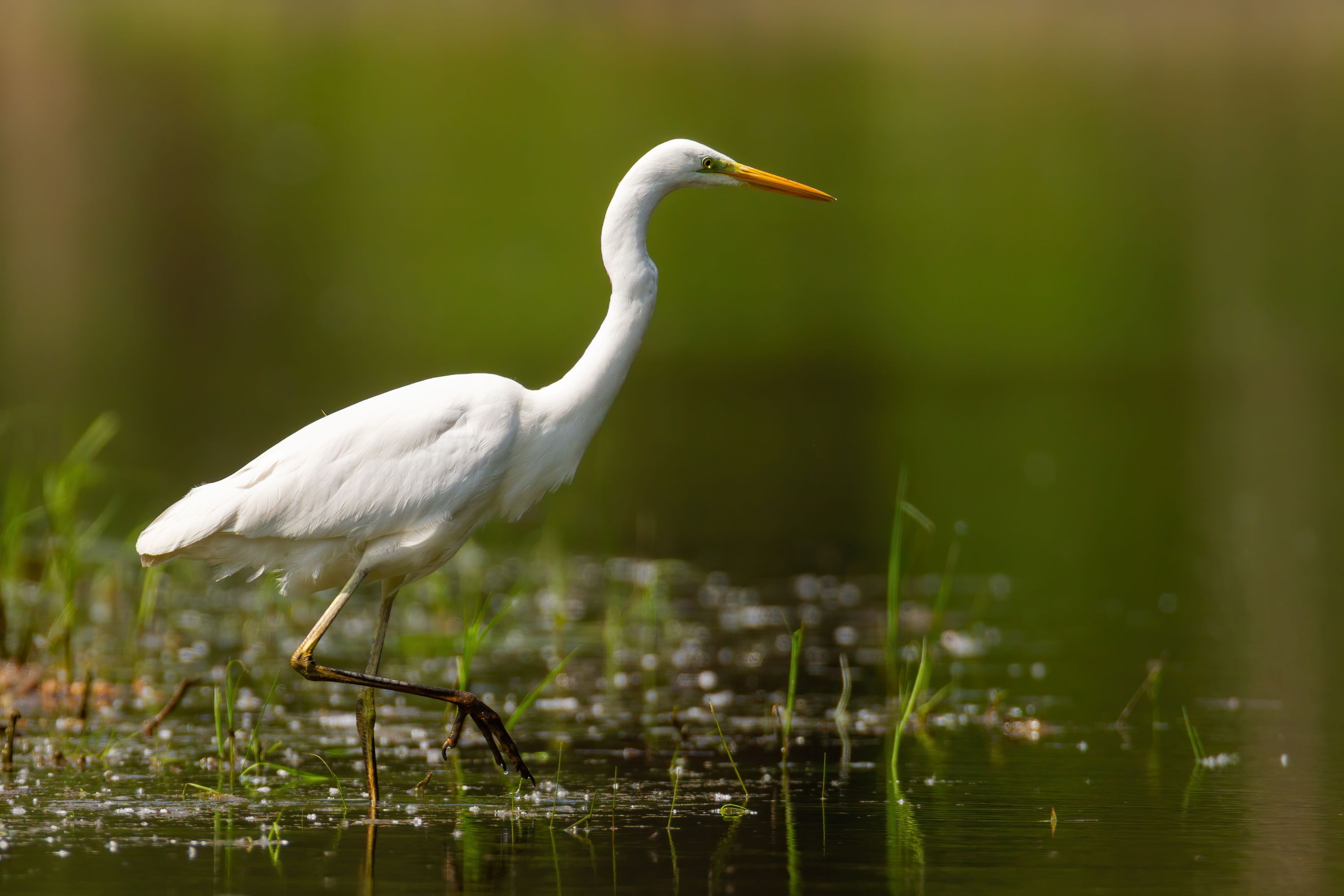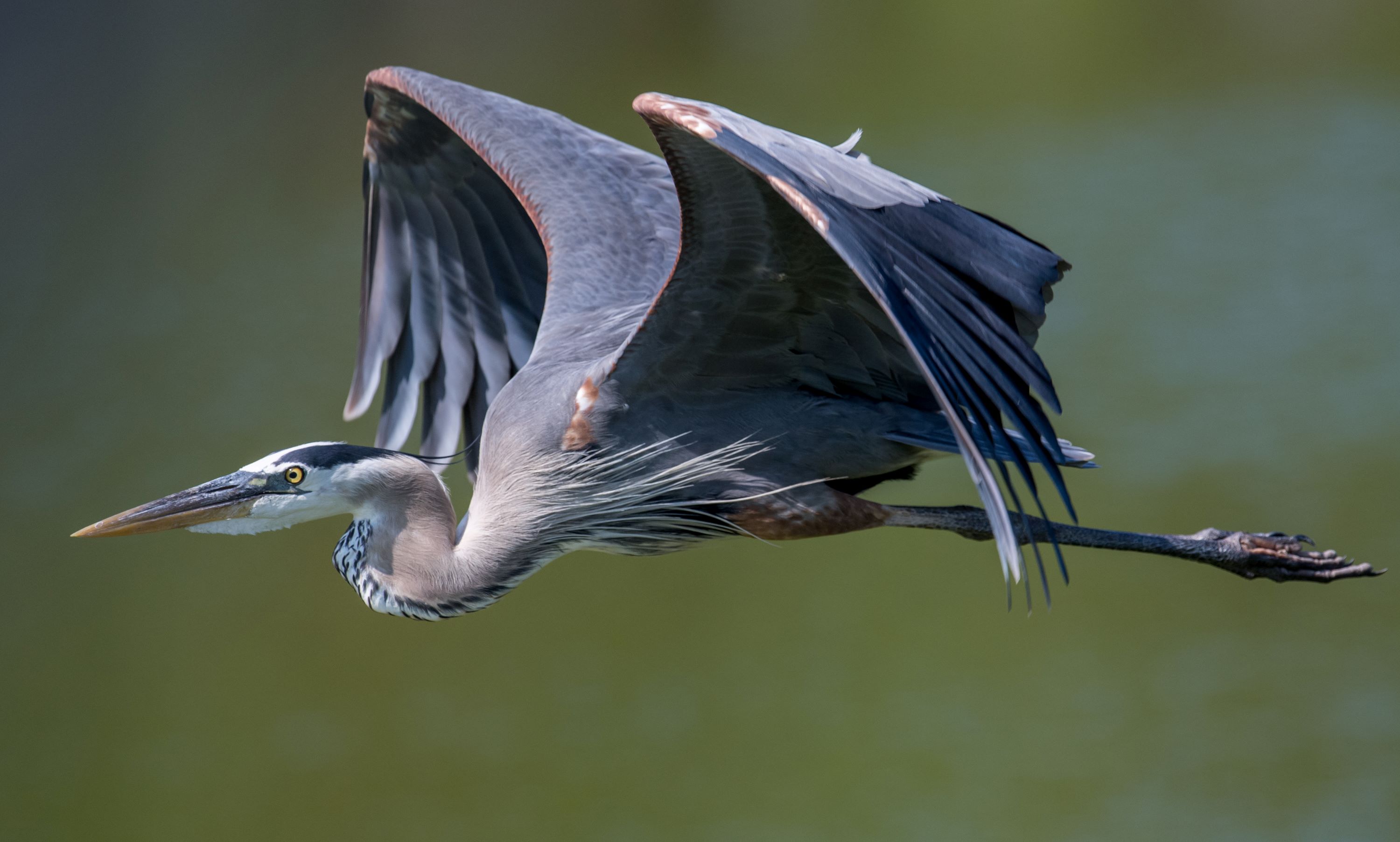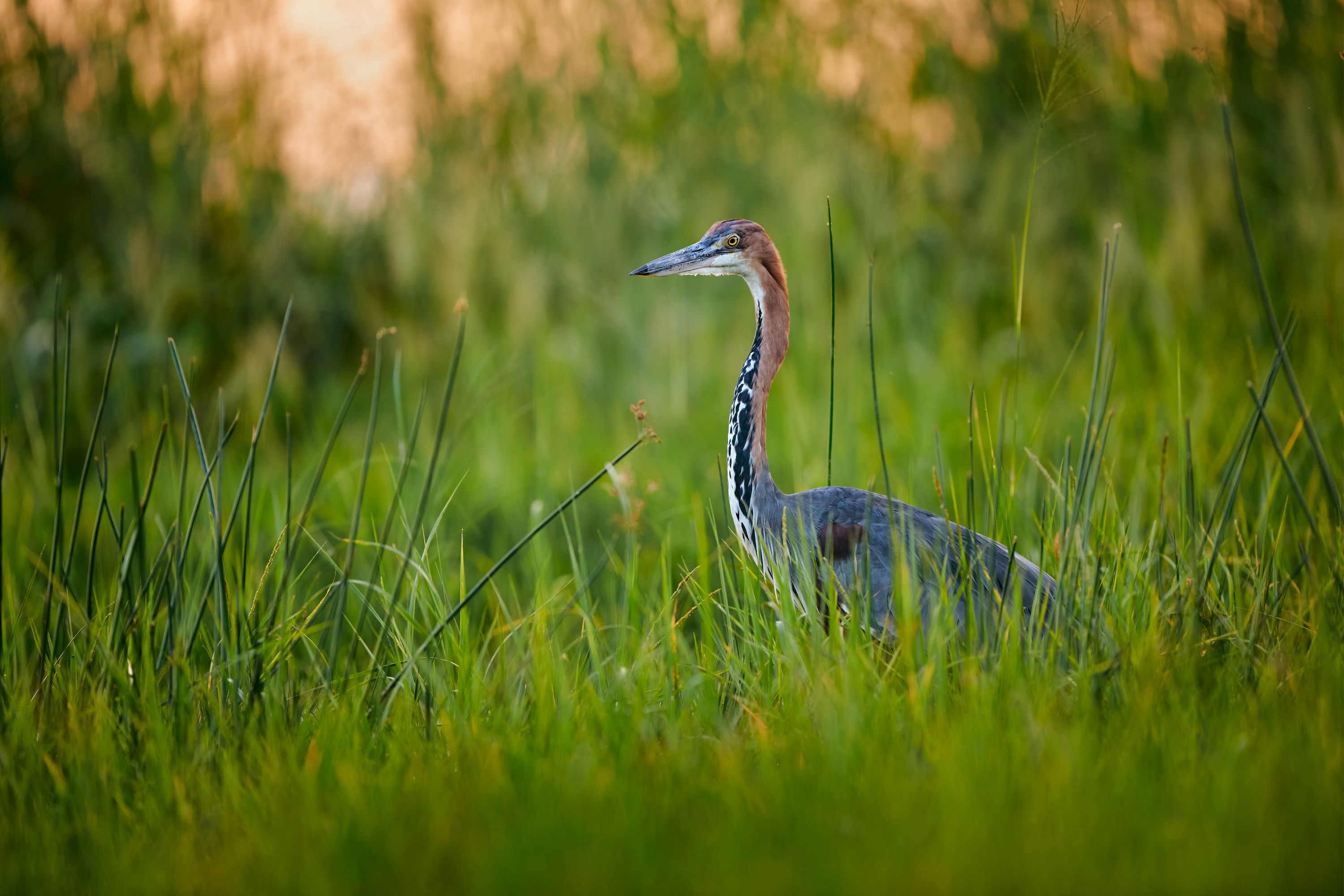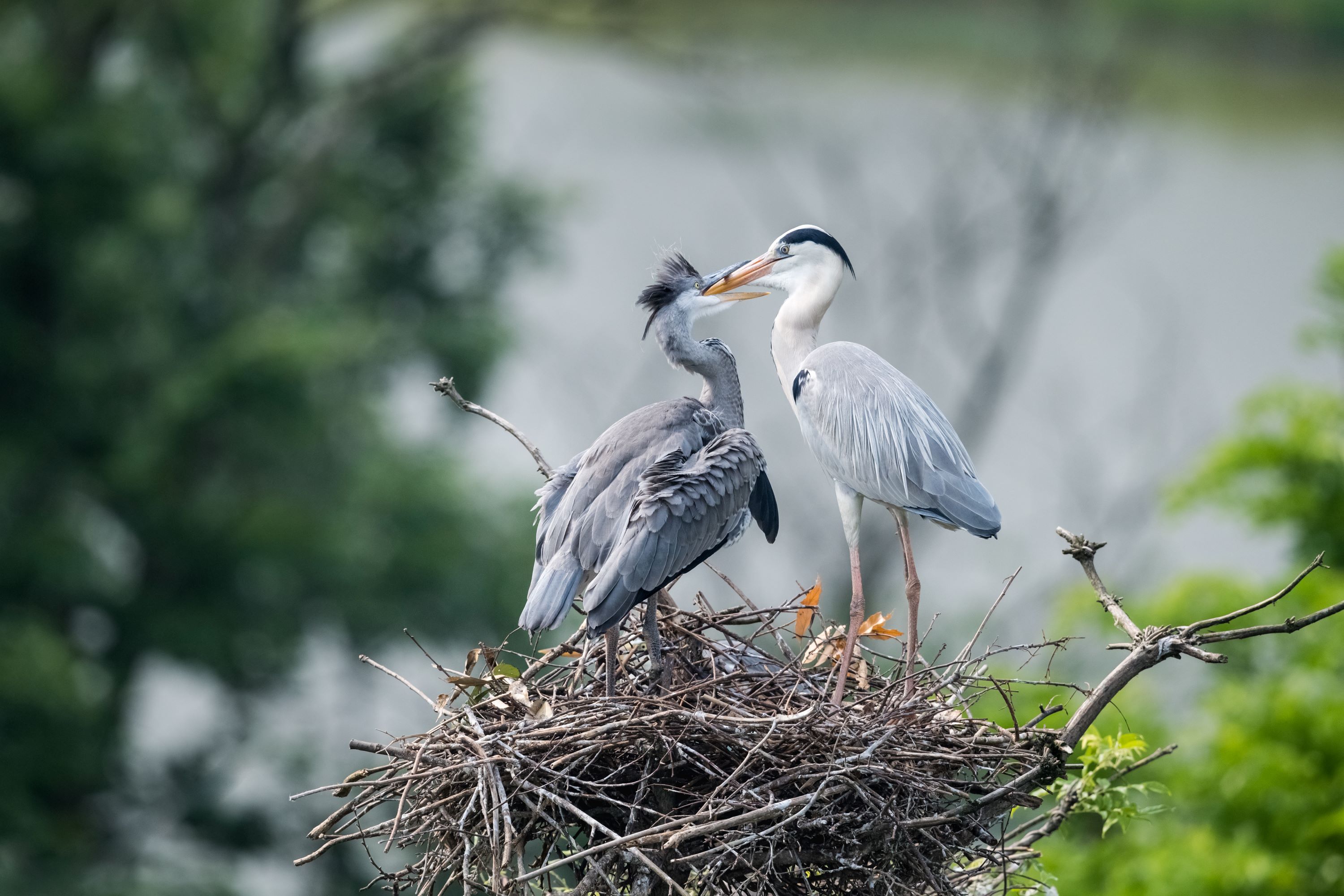
The Genus Ardea: The Majestic Herons of the World
Introduction to the Genus Ardea
The Genus Ardea, comprised of the true herons, is a group of wading birds known for their impressive size, elongated necks, and distinctive hunting techniques. Members of this genus are among the most recognized and admired waterbirds, found in a variety of aquatic environments across the globe.
Physical Characteristics
Ardea herons are characterized by their long legs and necks, which facilitate their wading and hunting in shallow waters. They possess sharp, pointed bills ideal for catching fish, amphibians, and insects. Their plumage ranges from stark whites and greys to rich blues and purples, often with striking patterns of stripes or spots. In flight, these birds retract their necks and stretch their legs out behind them, creating a unique and elegant silhouette.
Habitat and Distribution
The herons of the Genus Ardea are widely distributed, inhabiting wetlands, rivers, lakes, and coastal areas around the world. They are found on every continent except Antarctica, demonstrating remarkable adaptability to various climates and ecosystems.

Breeding and Nesting Habits
Ardea herons typically breed in colonies, often with other species of wading birds. They build large nests out of sticks and vegetation, usually in trees or reeds near water bodies. These communal nesting sites, known as heronries, become centers of intense activity during the breeding season.
Egg Laying and Incubation
The female heron lays 2 to 6 eggs, depending on the species. Both parents share the duties of incubating the eggs, which usually hatch after about 25 to 30 days. The pale-colored eggs are cared for with great attentiveness, a testament to the herons' strong parental instincts.
Chick Rearing and Parental Care
Ardea chicks are born altricial, requiring significant care and feeding from their parents. The young are fed regurgitated food and grow rapidly, learning to fly and hunt within a few weeks. Parental care continues until the juveniles are fully independent.

Feeding Behavior
Members of the Genus Ardea are skilled hunters, primarily feeding on aquatic prey. They employ a “stand and wait” technique, remaining motionless in shallow water before striking swiftly with their bills to catch fish or other small animals. Some species also forage in fields or on shorelines, showcasing their versatile feeding habits.
Ardea Herons in Utah
In Utah, species like the Great Blue Heron (Ardea herodias) can be commonly observed in wetlands, along rivers, and near lakes. These herons are an integral part of the state's bird-watching scene, contributing to the ecological diversity of Utah's water bodies.
Conservation Status
While many Ardea species have stable populations, some are facing challenges due to habitat destruction, pollution, and climate change. Conservation efforts for these herons include protecting wetlands, controlling water pollution, and monitoring bird populations to ensure their continued survival.

Conclusion
The herons of the Genus Ardea are not only majestic in their appearance but also vital to the health of aquatic ecosystems. Their presence in diverse habitats around the world, including Utah, underscores the importance of these birds as indicators of environmental health. Observing these magnificent herons in their natural settings is a reminder of the beauty and complexity of the natural world and the necessity of preserving their habitats for future generations.
Species in the Genus Ardea:
- The Black-headed Heron - Ardea melanocephala
- The Cocoi Heron - Ardea cocoi
- The Goliath Heron - Ardea goliath
- The Great-billed Heron - Ardea sumatrana
- The Great blue Heron - Ardea herodias
- The Great Egret - Ardea alba
- The Grey Heron - Ardea cinerea
- The Humblot's Heron - Ardea humbloti
- The Intermediate Egret - Ardea intermedia
- The Purple Heron - Ardea purpurea
- The White-bellied Heron - Ardea insignis
- The White-necked Heron - Ardea pacifica